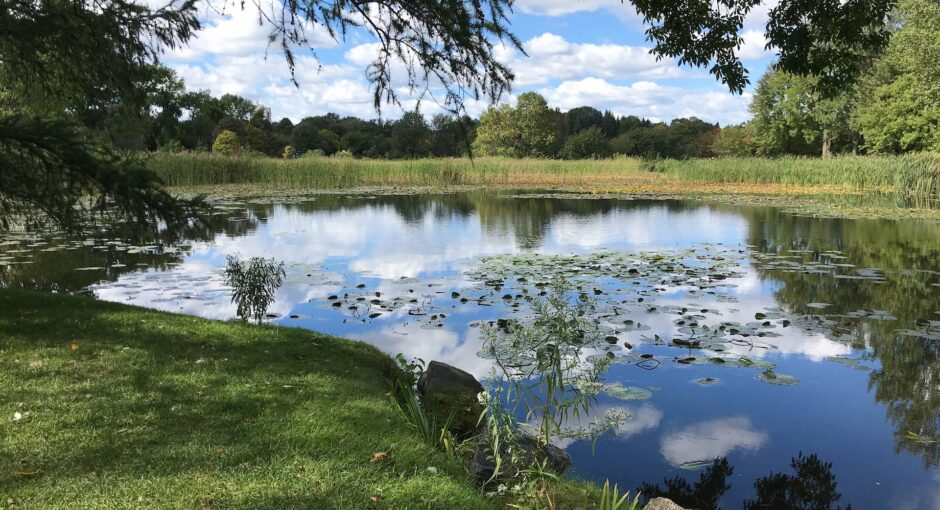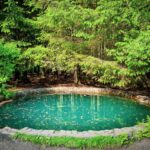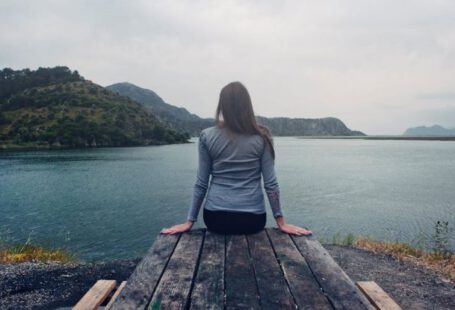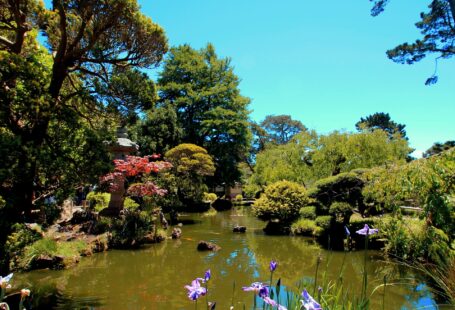When stocking a pond, several factors can influence the cost. These include the size of the pond, its ability to maintain a healthy fish population and more. Furthermore, goals of the owner, genetic composition of fish being stocked and more all factor into pricing.
The cost to stock a pond can range anywhere from $500 per surface acre up to $16,000 for 30 acres, depending on the fish species and other amenities needed. This amount includes permits, building materials and other items necessary for construction of the pond.
Stocking a pond for bass, bream and other game fish can be costly. In some cases, stocking a pond with bass could run up to $600 per acre depending on the quantity being added.
It is critical to properly stock a new pond. Appropriate predator-prey ratios and fish densities must be established in order to sustain the desired fish population. Without this step taken, the pond could develop an unbalanced, stunted fishery with negative consequences for anglers.

One way to reduce the costs of stocking a pond is by using fish from multiple populations. This reduces the number of fish harvested from one population and promotes genetic diversity within that particular stock.
By doing this, you can help prevent poor genetics from being introduced into the pond. Bad genetics are typically due to parasites or diseases that can be passed from one fish to its offspring – leading to lower growth rates and mortality rates for that generation.
To maintain a balanced environment for fish, a pond must have both an inflow and outflow of water throughout the year. Without this, the pond will become stagnant and run out of dissolved oxygen.
Furthermore, the pond should have an abundance of plants and other microbes that provide food for fish. These organisms, known as phytoplankton and periphytons, are the main producers in the aquatic food chain.
Some ponds are surrounded by wetlands which support aquatic organisms. These wetlands form the basis of the ecosystem in a pond and can significantly impact its fishery quality.

These wetlands will offer shelter to various wildlife species, such as birds and animals that feed off of algae and other vegetation in the pond. This helps stabilize its shoreline and reduce erosion.
For optimal fish stocking in a pond, spring or fall are ideal times. These periods provide optimal temperature and oxygen levels to acclimate fish to their new home in the pond and promote growth into healthy, productive creatures.
Fish of various species and sizes can be stocked in a pond, from small fingerling bream to largemouth bass. It is often recommended to add fathead minnows as well in order to provide additional nutrition for the fish and make them more resistant against predators.





